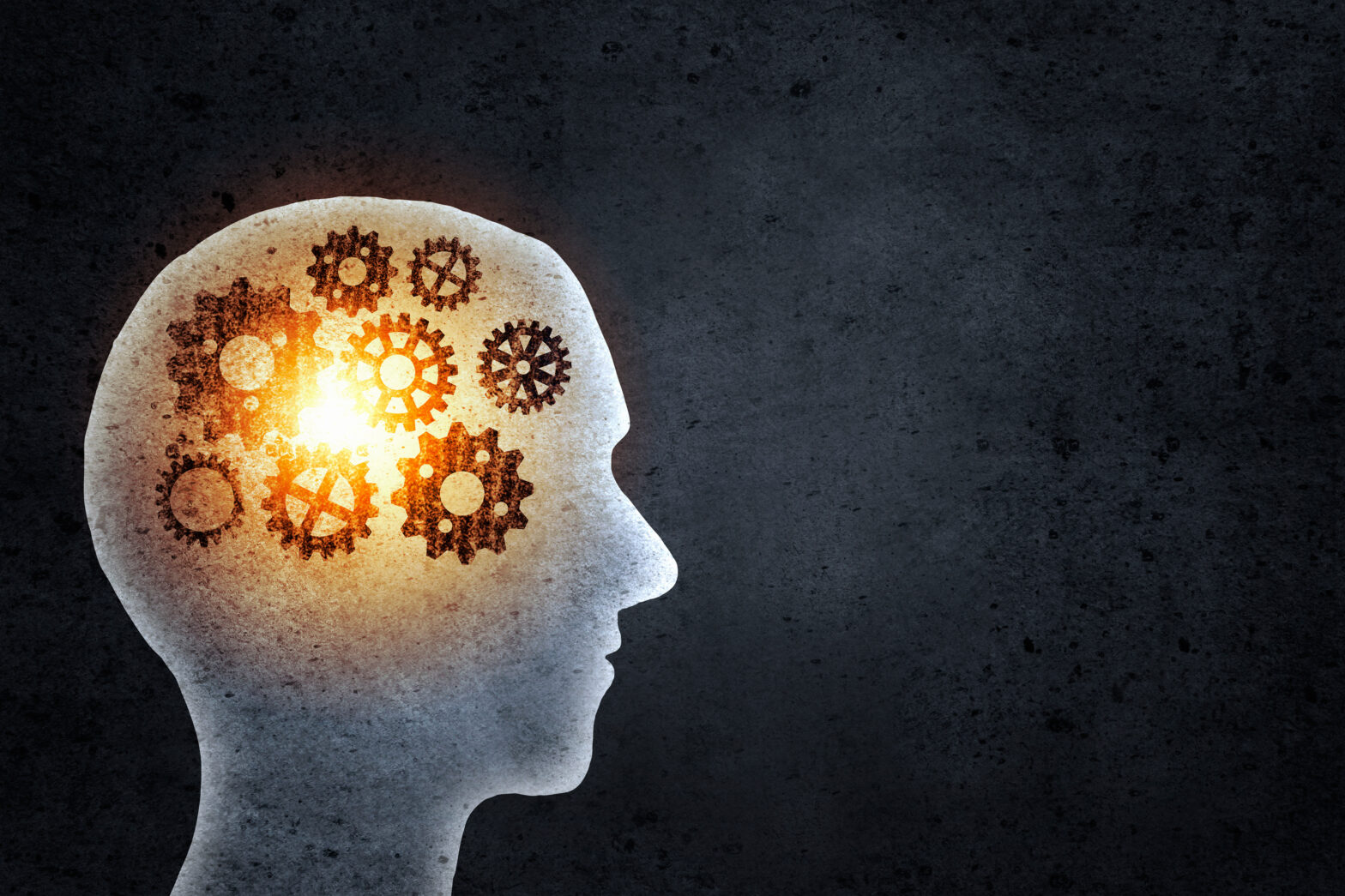Since the dawn of the computer age, software developers have dreamed of creating artificial intelligence (AI). Now, software is becoming smarter and transforming people’s daily lives to an ever greater degree.
Consumers are witnessing this transformation through developments such as personal assistants, self-driving cars and smart home applications.
In fact, whole economic sectors are being revolutionised by intelligent technologies. This owed to computers becoming increasingly adept at recognising and analysing patterns in structured and unstructured data in a completely new way offering new business insight.
Machine learning systems represent a major advance in the development of artificial intelligence. These systems mimic the way the human brain learns ? by assigning meaning to information.
>See also: Machine learning set to unlock the power of big data
The computer can identify and categorise repetitive input. It can also use the feedback to build on and improve its performance.
Similar to how a child learns the names and identity of animals by matching words to images, the computer gradually learns to process information correctly.
Machine learning uses algorithms that ‘learn’ from data without having to be explicitly programmed. One particular subset of machine learning is known as ‘deep learning’.
This describes the use of a set of algorithms called neural networks that are modeled on the human brain. Advances in deep learning have driven rapid developments in a range of machine learning tasks in recent years, notably language and text processing and video and image interpretation.
Big data is an umbrella term for technologies that process massive volumes of data faster and more effectively than conventional databases. While most machine learning techniques involve analysing big data, big data solutions are by no means confined to the machine learning environment.
It is in this context that the distinction between the Internet of Things (IoT) and big data becomes clearer. IoT devices use sensors and connectivity to capture and generate data.
IoT applications are, therefore, often the source of the data volumes that are processed by big data technology to enable machine learning and other forms of computer intelligence.
Long the subject of research, machine learning is becoming increasingly attractive to the business world, too. Areas like smart manufacturing, predictive maintenance, fraud detection, capital markets, recruiting, customer service, and personalised medicine are benefiting from AI.
However, embedding machine learning functions in business applications is no easy task. This is why data scientists ? the experts in this field ? are likely to remain a hot commodity in the employment market for years to come.
One example of the enormous potential that machine learning officers is CV matching to find the best candidate for a job.
Searching for, evaluating and selecting job applicants is a time-consuming business. To identify suitable candidates for open positions, recruiters have to sift through and assess thousands of direct applications and career network profiles.
Machine learning simplifies this process by enabling human resources departments to draw up a shortlist of candidates automatically. In this form of CV matching, machine learning algorithms comb job applications for details such as qualifications and experience, and filter out the most suitable candidates for a specific position.
The candidates are then ranked according to weighted selection criteria or relevance scores. Conversely, machine learning also allows job applicants to pinpoint open positions that are best suited to their skills and qualifications.
The result is not just a more efficient applicant selection process but a more qualified and happier workforce too – because there is a greater likelihood that employees will be ideally suited to the jobs they do.
In another example, for companies in the finance and telecommunications sectors, the cost and inconvenience caused by customers terminating their contracts are considerable.
In most cases, by the time a customer is identified as being at risk of churn and has received a new offer, it’s already too late. Yet, today’s businesses actually have all the data they need to avoid these situations arising in the first place.
With the help of smart software, they can spot various signs that customers may be about to exit a contract and take proactive steps to retain their loyalty.
>See also: Next big thing: rise of the machine learners
This involves identifying, analysing, and comparing all the relevant sources of customer data. Machine learning techniques are used to analyse historic data relating to customers and their behavior, to identify patterns, and to compare that data with information about current customer interactions and contracts.
The result is a digital fingerprint that allows a company to draw inferences about how a customer will behave in the future. This allows the company to predict a potential contract termination before it happens and to react to it.
These two examples show that machine learning offers enormous potential for both businesses and economies to grow in the future.
In the context of the digitalisation megatrend, it will provide the basis for numerous new scenarios, possibilities and business models that will lead to new jobs for an emerging group of highly qualified professionals, the so-called ‘knowledge workers’.
Sourced from Juergen Mueller, head of the SAP Innovation Center Network










